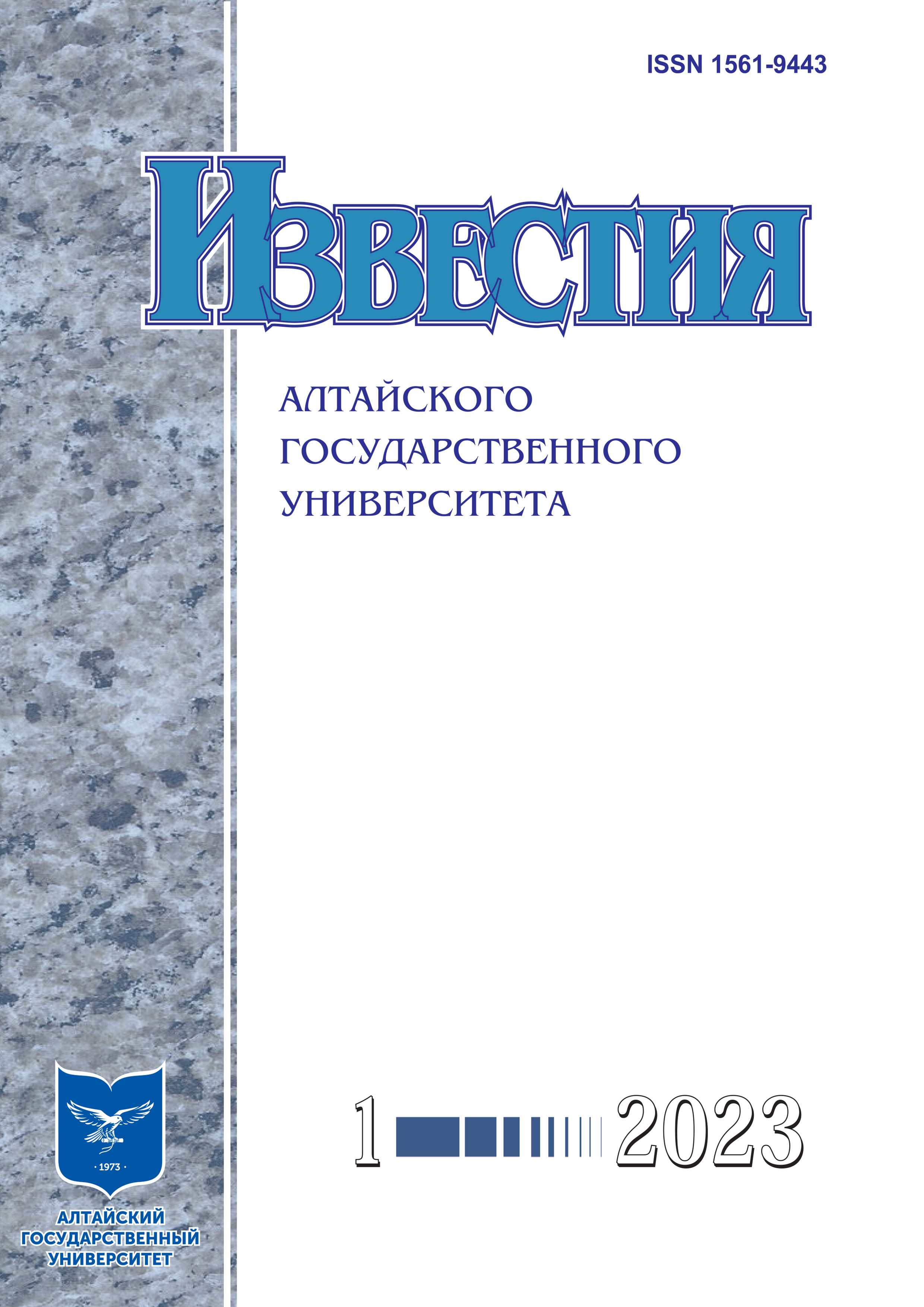Simulating the Selection of Unique Industrial Equipment with Computer Models
УДК 519.816:004.94
Abstract
This paper explores the optimal number of unique jobs for an industrial enterprise by using computer simulations to reduce overall costs of creating and operating these jobs through staff remuneration optimization. The study utilizes the author's mathematical models of workers' behavior in a stimulating environment and optimization of the number of similar jobs used in industrial enterprises. The paper employs computational mathematics and computer modeling to analyze potential solutions for organizing unique workplaces. The study demonstrates that the estimated number of unique jobs can be reduced by increasing work shifts, hiring qualified workers, and offering incentive wage rates. The paper presents the results of model computational experiments on the optimal number of jobs for performing a given amount of work in two shifts under three scenarios: attracting workers with average market qualifications, attracting more qualified workers with wages under average market conditions, and attracting more qualified workers with wages at increased rates.
Downloads
Metrics
References
Зинчик Н.С., Кадырова О.В., Растова Ю.И., Бездуд-ная А.Г. Бережливое производство. М., 2022.
Ослин Б.Г. Моделирование. Имитационное моделирование СМО : учебное пособие. Томск, 2010.
Бурков В.Н., Коргин Н.А., Новиков Д.А. Введение в теорию управления организационными системами. М., 2017.
Ньюстром Дж., Дэвис К. Организационное поведение. Поведение человека на рабочем месте. СПб., 2000.
Булатова Г.А., Маничева А.С., Оскорбин Н.М. Методы и математические модели управления персоналом. Барнаул, 2015.
Курушбаева Д.Т., Маничева А.С., Оскорбин Н.М. Оптимизация количества используемых однотипных рабочих мест в условиях промышленных предприятий // Труды семинара по геометрии и математическому моделированию. 2019. № 5.
Ликсонова Д.И., Медведев А.В. Задача моделирования и управления многомерными безынерционными процессами с зависимыми выходными переменными // Вестник НГУ Серия: Информационные технологии. 2022. Т. 20. № 2.
Nikkan Kogyo Shinbunsha. The Toyota Production System — An Industrial Engineering Study. Tokyo, 1979.
16 Losses in Production | 16 Losses in TPM | 16 Major Losses. https://www.nikunjbhoraniya.com/ (lastaccessed: 12 November 2022).
Armstrong S., Mitchell B. The essential HR handbook: A quick and handy resource for any manager or HR professional. N.J.: Career Press, Ink. 2019.
Copyright (c) 2023 Динара Талгатовна Курушбаева , Николай Михайлович Оскорбин

This work is licensed under a Creative Commons Attribution 4.0 International License.
Izvestiya of Altai State University is a golden publisher, as we allow self-archiving, but most importantly we are fully transparent about your rights.
Authors may present and discuss their findings ahead of publication: at biological or scientific conferences, on preprint servers, in public databases, and in blogs, wikis, tweets, and other informal communication channels.
Izvestiya of Altai State University allows authors to deposit manuscripts (currently under review or those for intended submission to Izvestiya of Altai State University) in non-commercial, pre-print servers such as ArXiv.
Authors who publish with this journal agree to the following terms:
- Authors retain copyright and grant the journal right of first publication with the work simultaneously licensed under a Creative Commons Attribution License (CC BY 4.0) that allows others to share the work with an acknowledgement of the work's authorship and initial publication in this journal.
- Authors are able to enter into separate, additional contractual arrangements for the non-exclusive distribution of the journal's published version of the work (e.g., post it to an institutional repository or publish it in a book), with an acknowledgement of its initial publication in this journal.
- Authors are permitted and encouraged to post their work online (e.g., in institutional repositories or on their website) prior to and during the submission process, as it can lead to productive exchanges, as well as earlier and greater citation of published work (See The Effect of Open Access).








